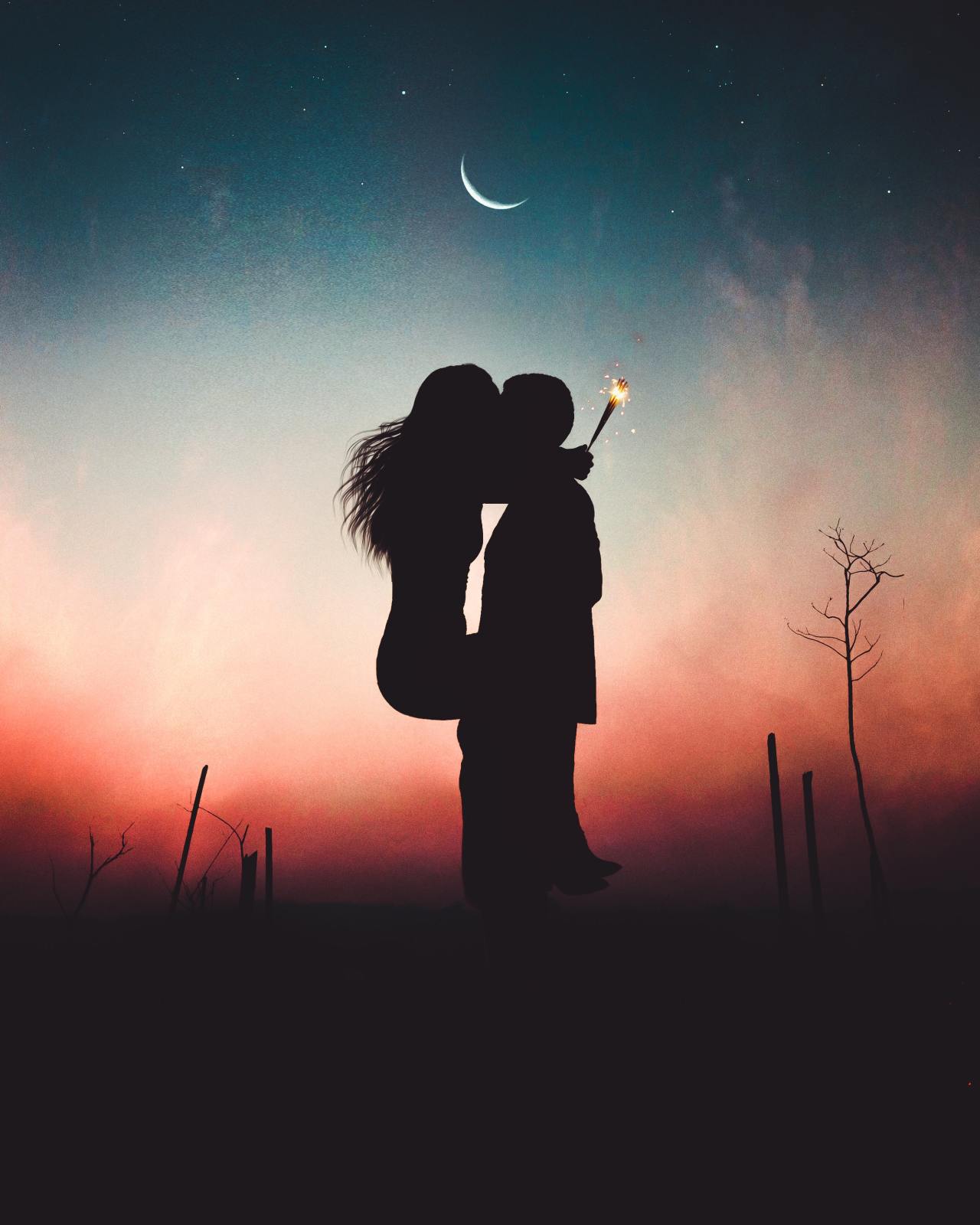
The Science Of Chemistry – What Makes Us Fall (And Stay) In Love
Love is a phenomenon that is both ubiquitous and elusive, universally understood and also widely disagreed upon when it comes to its role, its definitions, and how it looks in our lives and our relationships.
bell hooks once said that “love is a verb” but Merriam-Webster says love is a noun and can either be “strong affection for another arising out of kinship or personal ties” or “attraction based on sexual desire: affection and tenderness felt by lovers” or “affection based on admiration, benevolence, or common interests.” The Beatles claimed that love is all that is ever needed and Hugh Grant informed us that if we looked hard enough, we’d see that “love actually is all around.” And if you watched Fleabag, you’ll know that love sometimes passes us by. You also probably have your own ideas about what love is and is not, based on your own experiences and belief systems.
So…what is love then? What is chemistry? What makes someone attractive? What drives attachment? What makes someone fall in love with another person? And what keeps that love, that ever-sought spark, alive in a relationship?
There are countless studies that have been dedicated to exploring those exact questions. While we may never have the full answers, this research can help bring us a little more understanding of the mystery of love, chemistry, and partnership.
Here is what you need to know about the science of romantic chemistry and what makes human beings fall (and stay) in love with one another.
What is chemistry?
A 2018 study defined chemistry as a “perceived instant connection that exists when meeting a person for the first time.” This instantaneous connection is usually described as a “spark,” which can later lead to love. But what triggers this spark in the first place?
In short, sexual attraction. Sexual attraction is caused by a variety of factors including those of biological, psychological, and situational origins.
Biologically speaking, research has found a link between arousal and attraction. The famous Love Bridge study, for example, showed this correlation by having male study participants approach an attractive woman. Once the men reached her, they were given questionnaires containing Thematic Apperception Test (TAT) pictures to fill out. The woman told each man they could call her to find out more about the document and gave them her phone number.
The catch was that some of the men had to embark across a high and unstable bridge to reach her while the others were able to cross a low, sturdy bridge.
The results of Love Bridge study found that the men who had to endure a more frightening journey to the woman by crossing the shaky bridge had more sexual content and imagery in their questionnaire responses as compared to their safe bridge counterparts. Additionally, more men on the scary bridge called the woman over the safe bridge travelers.
The conclusion the researchers drew from these results was that there was a link between physical arousal and attraction, and that physical arousal was triggered by the adrenaline released by strong emotion (fear).
That said, sexual chemistry dwindles over time. Because of this, an emotional and intellectual connection is often required to keep that “spark” alive.
What is love?
There are various psychological theories when it comes to love. However, there is no singular theory that truly defines the expansiveness and mystery that is love.
Below are some of the biggest psychological theories that pertain to love today.
Triangular Theory Of Love
Psychologist Robert Sternberg proposed the triangular theory of love in 1986. According to Sternberg, love has three main components: intimacy, passion, and decision/commitment. Each of these three types of love interacts with one another and there are a total of eight combinations that can be formed from these types of love:
- Non-love
- Liking
- Infatuation
- Empty
- Romantic
- Companionate
- Fatuous
- Consummate
Liking vs. Loving
In 1970, psychologist Zick Rubin theorized the difference between loving and liking. Liking mainly consists of having a fondness for another person and enjoying their company while love is a much deeper, more intense, and profound connection.
According to Rubin, romantic love included three main components: dependent needs, a willingness to help one another, and feelings of exclusiveness and absorption. He then constructed a questionnaire based on these three components to help him assess people’s feelings towards others. With these questionnaires, Rubin was able to develop scales of liking and loving.
***
Whatever love may be, it is something that will always captivate humankind. It is the reason we’re here and a motivating force for many of us.

